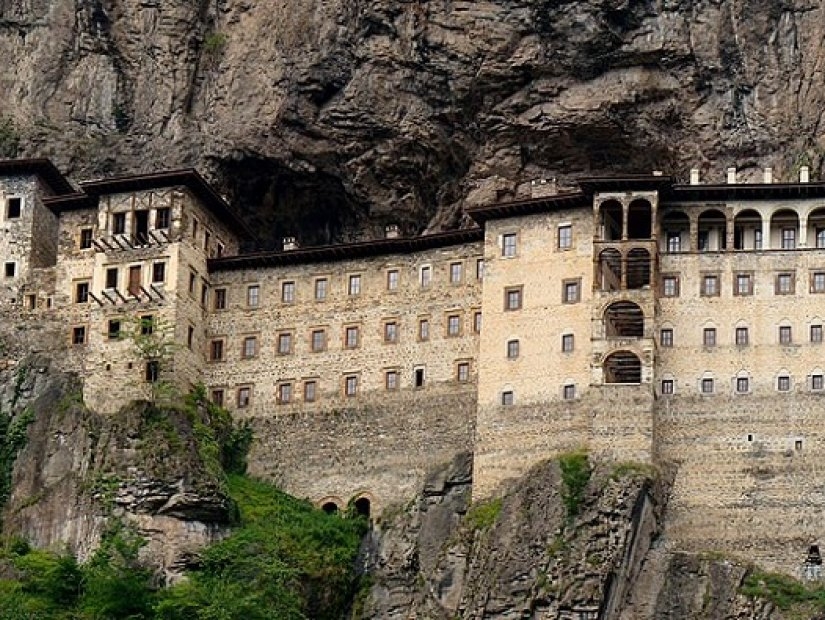Blog
Sumela Monastery: An Architectural Wonder
Sumela Monastery: An Architectural Wonder
Sumela Monastery: An Architectural Wonder
Sumela Monastery is one of the most eye-catching historical structures in Turkey. The monastery, one of the oldest churches in the history of Christianity, is in the Maçka district of Trabzon.
Founded on Mela Hill in Altındere Valley and located at an altitude of 1,150 m above sea level, Sümela Monastery is a Greek Orthodox monastery and church complex. Panagia Soumela (its full name) has been blessed by Christians throughout history and has had a very significant place.
Sumela Monastery, drawn by St. Luke, one of the Bible writers, is similar to the churches in Cappadocia, a significant region for Christians, in terms of its structural features. The building that was first built as a church and converted into a monastery later is also famous for its frescoes. There is not much information about the millennium between the foundation of the church and its transformation into a monastery.
Sümela Monastery is located on a steep cliff on the slope of Karadağ in Altındere Valley, within the borders of Maçka district of Trabzon. The monastery, which seems to be stuck to the mountain, has a breathtaking view in the heart of lush nature.
The Greek Orthodox monastery and church complex is on the UNESCO World Cultural Heritage Tentative List. Sumela, the most important monastery of the region, had the mission of a school to train monks since its foundation. The main feature that made the monastery important was that it had an icon believed to perform miracles.
The history of Sumela Monastery is based on a legend. The legend, which started with St. Barnabas and his nephew St. Sophronios having the same dream, continues with their seeing the place of Sumela as the place of the icon made by St. Luke. In the Panagia Soumela icon, one of the three Panagia icons made by St. Luke, one of the Gospel writers, Mary holds the baby Jesus in her arms.
It is said that the saints, who came to Trabzon by sea without knowing each other and told each other the dream they had here, laid the foundation of the first church. However, it is thought that the Trabzon Emperor Alexios III, who is frequently featured in the frescoes in the monastery and given special importance, might be the real founder of the monastery. It is another possibility that the monastery, whose construction is estimated to have been completed between 365-395, was renovated and maintained by Alexios III.
Following the Turkish domination of the eastern Black Sea coast, the Ottoman Sultans protected the rights of Sumela, as in many monasteries, and gave some privileges.
Many parts of the Sumela Monastery were renovated in the 18th century and some of the walls were decorated with frescoes. With the addition of large buildings in the 19th century, the monastery gained a magnificent appearance and lived its richest and brightest period. The monastery, which took its final shape in this period, became a place visited by many foreign travelers and the subject of their writings. During the Russian occupation of Trabzon between 1916-1918, the monastery was confiscated, and after 1923 it was completely evacuated.
The main sections of the Sumela Monastery are the main rock church, several chapels, kitchen, student rooms, guesthouse, library, and holy spring. The buildings were built in a very large area. The large aqueduct, which seems to bring water at the entrance of the monastery, is leaning against the hillside.
The inner and outer walls of the rock church, which forms the main unit of the monastery, and the chapel adjacent to it, are decorated with frescoes. The presence of frescoes belonging to the period of Alexios III was found on the wall facing the courtyard inside the rock church. The frescoes in the chapel are dated to the beginning of the 18th century. There are three layers made in three different periods. The frescoes of the lowest layer are of superior quality.


